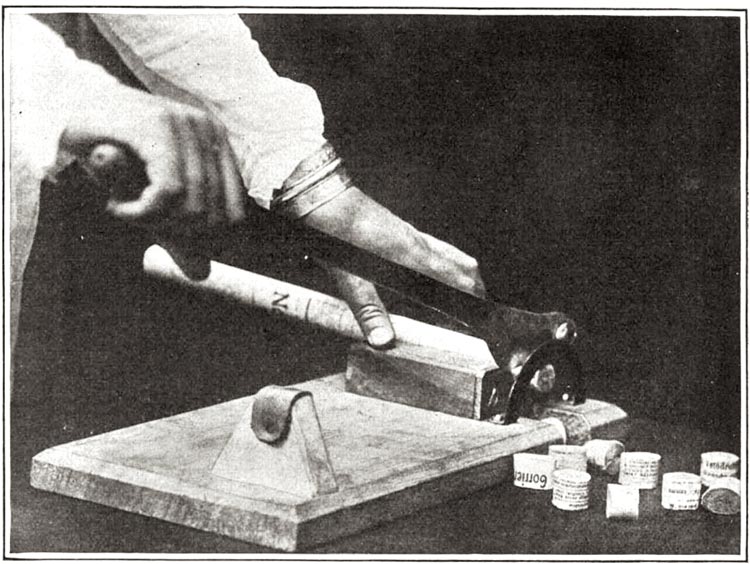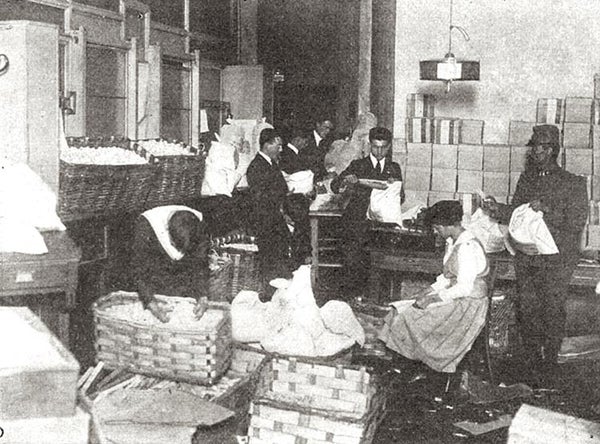This article was published in Scientific American’s former blog network and reflects the views of the author, not necessarily those of Scientific American
Reported in Scientific American, this Week in World War I: January 22, 1916.
The Great War, as it was fought on the front between Italy and the Hapsburg Empire of Austria-Hungary, mostly took place in the mountains of the eastern Alps. Soldiers from both sides fought against the cold of the high, thin Alpine air.
In Italy, the war effort drained one third of their economic output and one seventh of the country’s population. 600,000 soldiers died—up to 120,000 of them froze to death or were killed by avalanches. Civilians on the “home front” were desperately needed to assist the war effort. One way to help the troops fight the cold was to recycle old newspapers into fuel, as described in this issue of Scientific American:
On supporting science journalism
If you're enjoying this article, consider supporting our award-winning journalism by subscribing. By purchasing a subscription you are helping to ensure the future of impactful stories about the discoveries and ideas shaping our world today.
“Italy has aptly and inexpensively solved the problem of supplying her soldiers, who are campaigning in the mountains where dry wood is scarce, with suitable fuel for their camp fires. In all the leading cities of Italy there have been organized bands of boys and girls who go about collecting all the discarded newspapers they can find. These are brought to establishments where other boys and girls convert the sheets of paper into solid rods of fuel, under the direction of women teachers. These are then cut into short lengths and packed in individual bags for ' distribution among the soldiers in the mountains. It is said that the compressed paper fuel is not only entirely satisfactory for the purpose intended, but also most convenient. Should a soldier desire a little hot soup or coffee he only requires three or four pieces of this unique fuel to heat the food.”
In the close-up image, you can just see the name of one of Italy’s oldest newspapers, the Corriere della Serra (Evening Courier), still published in Milan.

In Italy in 1916, old newspapers were converted into fuel for soldiers. Image: Scientific American, January 22, 1916
Statistics are from “Italy at War, 1915-1918,” by Francesco L. Galassi and
Mark Harrison. In The Economics of World War I, edited by Stephen Broadberry and Mark Harrison. Cambridge University Press, 2005.
Our full archive of the war, called Scientific American Chronicles: World War I, has many articles from 1914–1918 on the economics of the First World War and on the Italian front. It is available for purchase at www.scientificamerican.com/products/world-war-i/
